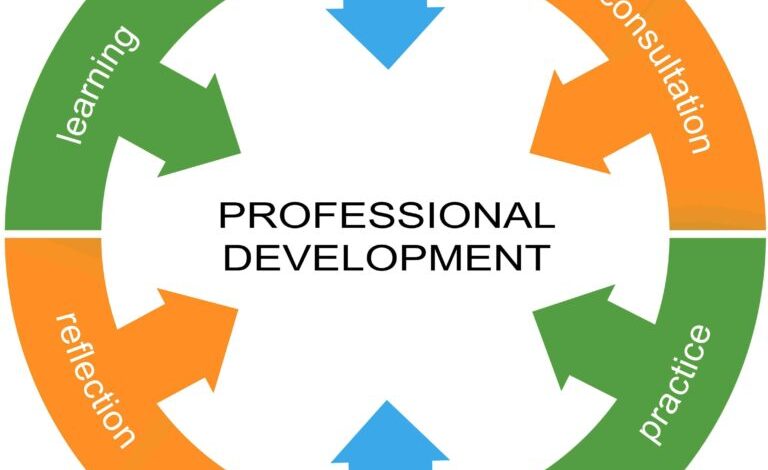The importance of teacher collaboration and professional development

Teacher collaboration and professional development are two essential components of ensuring high-quality education. Teachers are the backbone of any education system, and their ability to work together and continuously improve their skills and knowledge can have a significant impact on student outcomes. In this article, we will explore the importance of teacher collaboration and professional development and how they can be optimized to benefit both teachers and students.
Collaboration among teachers is crucial because it allows them to share ideas, strategies, and resources. When teachers work together, they can pool their collective knowledge and experiences to develop effective teaching practices that can benefit all students. Collaboration can also help teachers identify and address areas of weakness, leading to improved student outcomes. For example, if a group of teachers notices that a particular group of students is struggling with a particular concept, they can work together to develop strategies to address those difficulties.
Moreover, teacher collaboration can help foster a sense of community within schools. Teachers who collaborate regularly can build stronger relationships with their colleagues, which can lead to increased job satisfaction and a more positive school culture. Collaboration can also help reduce teacher isolation, which is a common issue in many schools. By working together, teachers can feel more connected and supported, which can lead to increased motivation and a sense of purpose.
Professional development is another critical aspect of ensuring high-quality education. Continuous learning is essential for all professionals, and teachers are no exception. Professional development opportunities can help teachers stay up to date with the latest teaching practices, technology, and research. By continuously learning, teachers can improve their instructional strategies, which can lead to better student outcomes.
Furthermore, professional development can help teachers feel more confident and capable in their roles. As they learn new skills and strategies, they can apply them in their classrooms, which can lead to improved student engagement and achievement. Professional development can also help teachers feel more valued and appreciated, which can lead to increased job satisfaction and retention.
There are many ways to optimize teacher collaboration and professional development. Here are a few ideas:
Create time and space for collaboration: Many teachers struggle to find time to collaborate, especially when they have busy schedules. Schools can help by creating regular opportunities for teachers to work together. For example, schools can schedule regular collaboration meetings or provide teachers with common planning time during the day.
Foster a culture of collaboration: Collaboration should be encouraged and celebrated within schools. School leaders can promote collaboration by recognizing teachers who work together and by providing resources and support for collaboration.
Provide meaningful professional development: Professional development opportunities should be relevant and meaningful to teachers. Schools can ensure that professional development is useful by tailoring it to teachers’ needs and interests. For example, schools can provide professional development opportunities based on specific subject areas or teaching strategies.
Utilize technology: Technology can be a powerful tool for collaboration and professional development. Schools can provide teachers with access to online collaboration platforms or professional development resources, such as webinars or online courses.
Provide ongoing support: Collaboration and professional development are ongoing processes. Schools should provide teachers with ongoing support and feedback to help them improve their skills and knowledge. This support can come in the form of coaching, mentoring, or peer observation.



